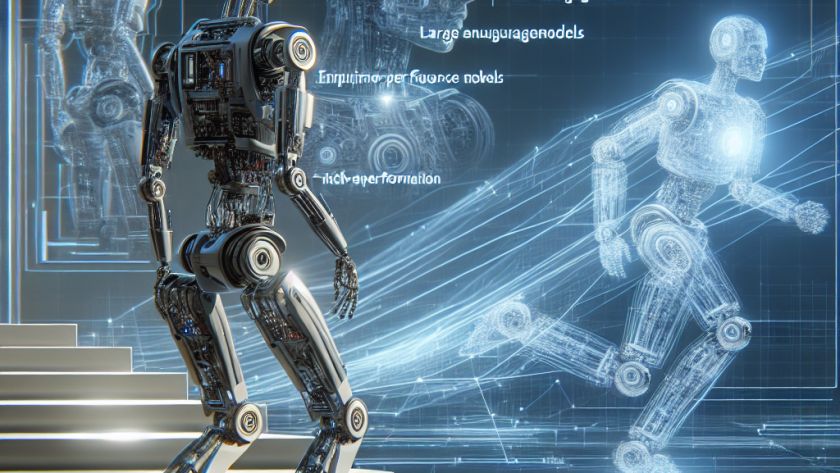Whole-body pose estimation is an integral aspect in enhancing the capabilities of AI systems that center around human interaction. It plays a significant role in various applications such as human-computer interaction, avatar animation, and the film industry. Despite the progression of lightweight tools like MediaPipe that deliver good real-time performance, the accuracy still requires further…












